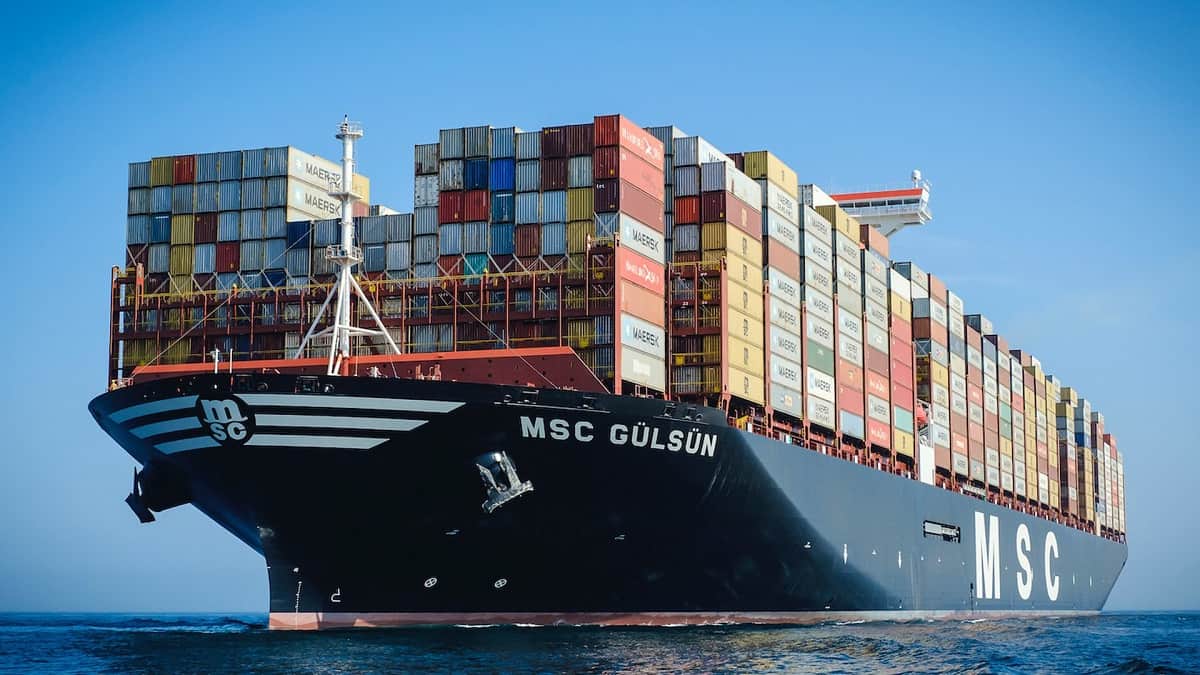In the world of logistics and supply chain management, two terms that often come up are "freight" and "transportation." While they may seem interchangeable at first glance, there are distinct differences between the two. Understanding these differences is crucial for businesses and individuals involved in the movement of goods. In this blog post, we will delve into the disparities between freight and transportation, shedding light on their unique characteristics and implications.
- Definition and Scope:
Freight refers to the goods or cargo being transported from one location to another. It encompasses a wide range of products, including raw materials, finished goods, and everything in between. On the other hand, transportation refers to the process of moving the freight from its origin to its destination. It involves various modes such as trucks, ships, airplanes, and trains, as well as the associated infrastructure and logistics networks. - Focus and Perspective:
The key distinction lies in the perspective each term takes. Freight focuses on the goods themselves, emphasizing their nature, quantity, and value. It encompasses aspects such as packaging, handling, and storage requirements. Transportation, on the other hand, takes a broader view, considering the logistics, routes, and modes of conveyance necessary to move the freight efficiently and safely. - Responsibility and Ownership:
Another significant difference between freight and transportation is the ownership and responsibility involved. Freight ownership typically lies with the shipper or consignee, who is responsible for the goods throughout the transportation process. Transportation, however, involves various stakeholders, including carriers, freight forwarders, and logistics providers, who take on the responsibility of physically moving the freight and ensuring its safe delivery. - Cost and Pricing:
When it comes to cost, freight and transportation have distinct pricing structures. Freight costs are typically calculated based on the weight, volume, and value of the goods being transported. It includes factors such as packaging, insurance, and handling fees. Transportation costs, on the other hand, encompass the expenses associated with the actual movement of the freight, including fuel, labor, maintenance, and infrastructure costs. Understanding these cost components is crucial for businesses to optimize their supply chain and logistics operations. - Regulatory and Legal Considerations:
Freight and transportation are subject to different regulatory and legal frameworks. Freight regulations often focus on the classification, labeling, and documentation requirements for different types of goods. Transportation regulations, on the other hand, govern the safety, licensing, and operational standards for carriers and logistics providers. Compliance with these regulations is essential to ensure smooth and lawful movement of goods.
Conclusion:
In conclusion, while freight and transportation are closely related concepts, they have distinct differences that impact the logistics and supply chain industry. Freight emphasizes the goods being transported, while transportation focuses on the process and infrastructure involved. Understanding these disparities is crucial for businesses to optimize their operations, manage costs, and ensure the efficient movement of goods. By unraveling the differences between freight and transportation, organizations can make informed decisions and streamline their logistics processes for enhanced productivity and customer satisfaction.

